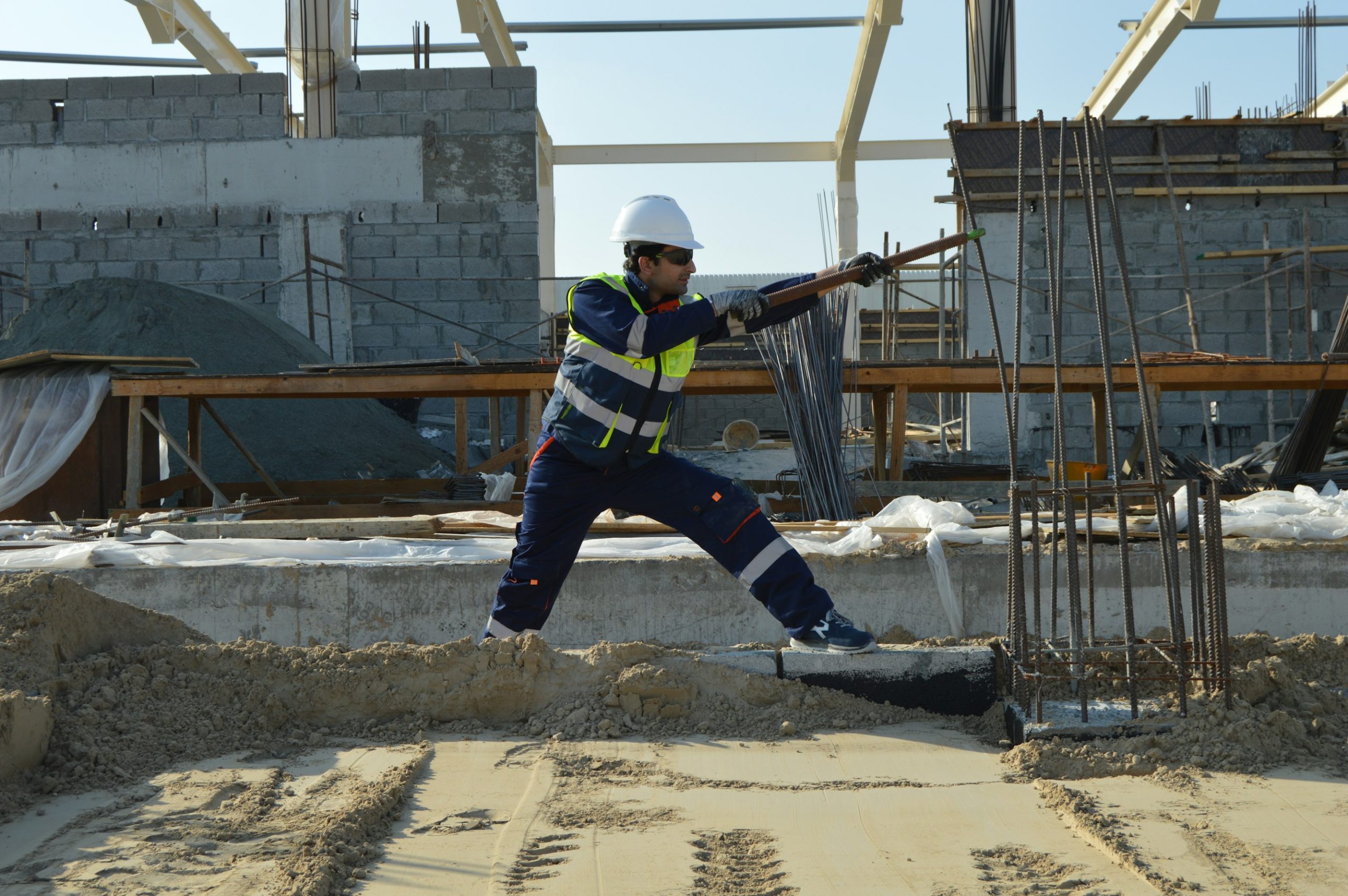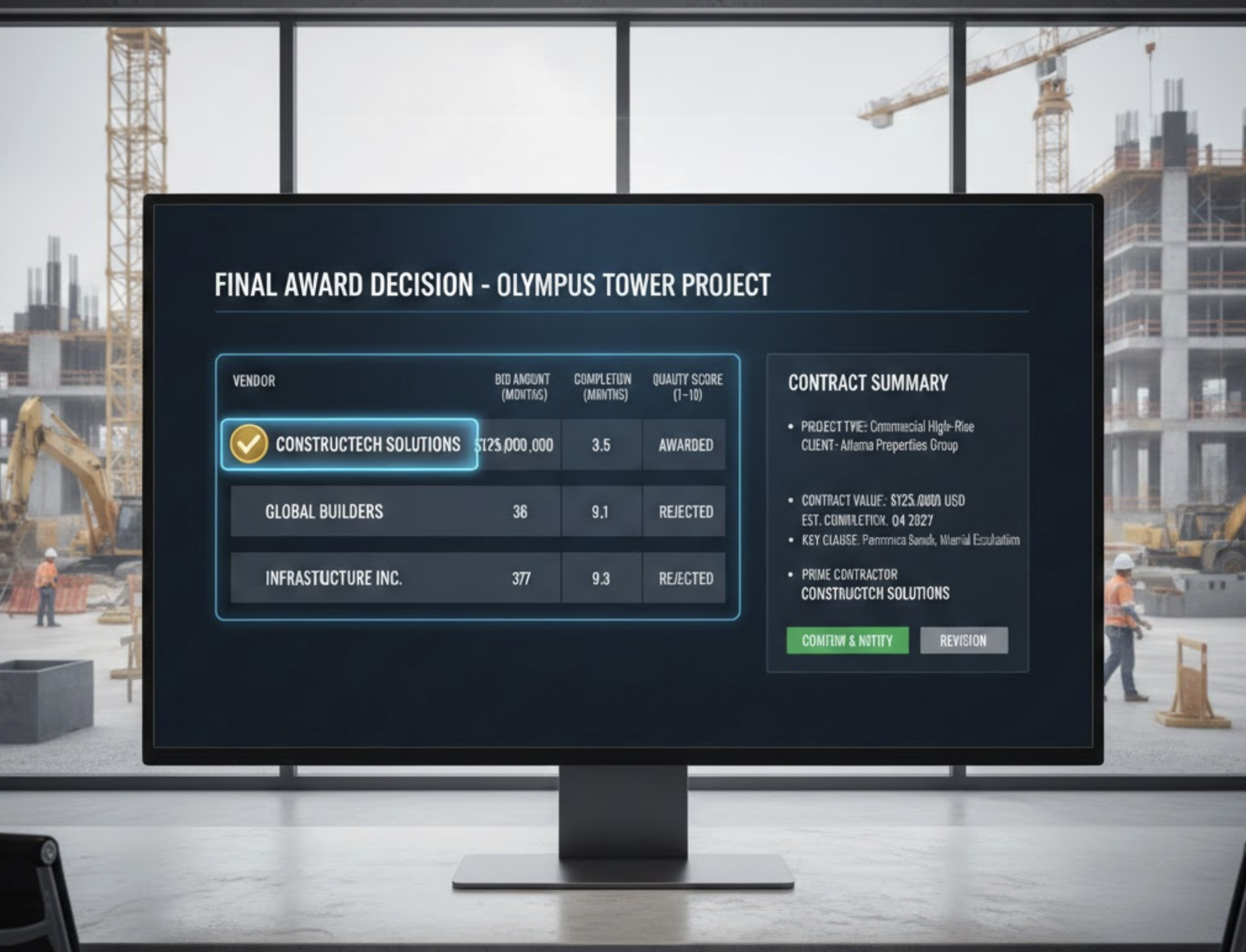Why You Can’t Rely on Consultants Alone for Risk Forecasting
In the construction industry, effective risk forecasting serves as a foundation for strategic decision-making. It empowers organizations to identify potential threats and implement targeted mitigation strategies, ensuring financial stability and operational success. While consultants bring valuable insights, relying solely on external experts for risk forecasting often leads to pitfalls.
The Importance of Risk Forecasting
Risk forecasting is not merely a supplementary task but a crucial part of ensuring long-term success in construction project management. By accurately assessing the likelihood and impact of adverse events, organizations can make informed decisions in financial planning and resource allocation. Here are some reasons why effective risk forecasting should be prioritized:
- Strategic Decision-Making: Risk forecasting plays a vital role in identifying potential threats within a project’s trajectory, allowing for timely adjustments to strategic plans.
- Financial Stability and Operational Success: An understanding of unique dynamics and potential downturns helps maintain the continuity of operations, underpinning financial stability and overall project success.
Limitations of Relying on Consultants
While consultants can provide insights into risk management, there are significant limitations associated with relying exclusively on them:
Data and Information Limitations
Consultants often lack access to the full scope of company-specific data, which is critical for accurate risk assessment. In-house teams possess an intimate understanding of the organization’s unique risks and their operational context that external consultants do not.
Lack of Continuous Monitoring
Risk environments are dynamic, requiring continuous monitoring and rapid updates. External consultants may struggle to maintain such responsiveness. In-house teams, familiar with day-to-day operations, can implement real-time monitoring efficiently.
Limited Understanding of Company-Specific Risks
External consultants may not fully comprehend the specific and nuanced risks associated with a particular organization or project. In-house teams are more adept at identifying and integrating these risks into overall strategic planning.
Dependence on Models and Assumptions
Consultants often rely on generalized models and assumptions that may not accurately portray future conditions. Overreliance on existing data can lead to insufficient forecasts, particularly in continually changing environments like construction.
Human Error and Critical Thinking
The risk forecasting process is inherently prone to human error, particularly when relying extensively on external consultants’ judgments. Moreover, depending too heavily on AI-generated insights can undermine critical thinking, vital for navigating complex risks in strategic decisions.
The Role of In-House Expertise and Advanced Solutions
To address these limitations and improve the reliability of risk forecasting, organizations should prioritize the development of in-house expertise while leveraging advanced solutions like Zepth for enriched project management.
In-House Teams
In-house teams constitute the backbone of an organization’s understanding of its risks and operating dynamics. They can seamlessly integrate risk forecasting into strategic planning efforts more effectively than external consultants.
Advanced Solutions like Zepth
Utilizing platforms like Zepth can bridge the gap between external expertise and internal knowledge. With comprehensive tools for risk forecasting, Zepth facilitates continuous monitoring of risks, providing deeper insights. The platform utilizes powerful analytics and modeling techniques, enabling organizations to make data-driven decisions.
Best Practices and Emerging Innovations
To refine risk forecasting processes, organizations should adopt best practices and embrace emerging innovations:
Risk-Based Forecasting and Planning (RBFP)
Integrating quantitative data into risk assessments using stochastic models can significantly enhance forecast precision. This proactive approach considers a broad spectrum of potential risk-related outcomes, especially beneficial for long-term planning.
Integration of Risk Considerations
Embedding risk considerations into various planning frameworks—be it short-term budgets or long-term strategic plans—greatly enhances forecast accuracy, serving to narrow earnings forecast ranges.
Use of Technology
Leveraging technological advancements, such as AI and data analytics, supports effective risk forecasting. These tools can analyze extensive datasets to identify emerging patterns. Nonetheless, maintaining a balance between AI insights and human expertise is crucial to uphold critical thinking and nuanced decision-making.
By combining the strengths of in-house expertise with advanced solutions like Zepth, organizations can enhance their risk forecasting capabilities, bolstering strategic decision-making and ensuring improved financial and operational stability.
Conclusion
In conclusion, while consultants certainly play a role in risk management, organizations should not depend solely on them for accurate risk forecasting. A synergistic approach that incorporates in-house knowledge and advanced management solutions will ultimately yield better outcomes for construction and project management sectors. By focusing on continuous monitoring and adopting best practices and technological innovations, organizations will be better equipped to navigate risks and seize opportunities.




